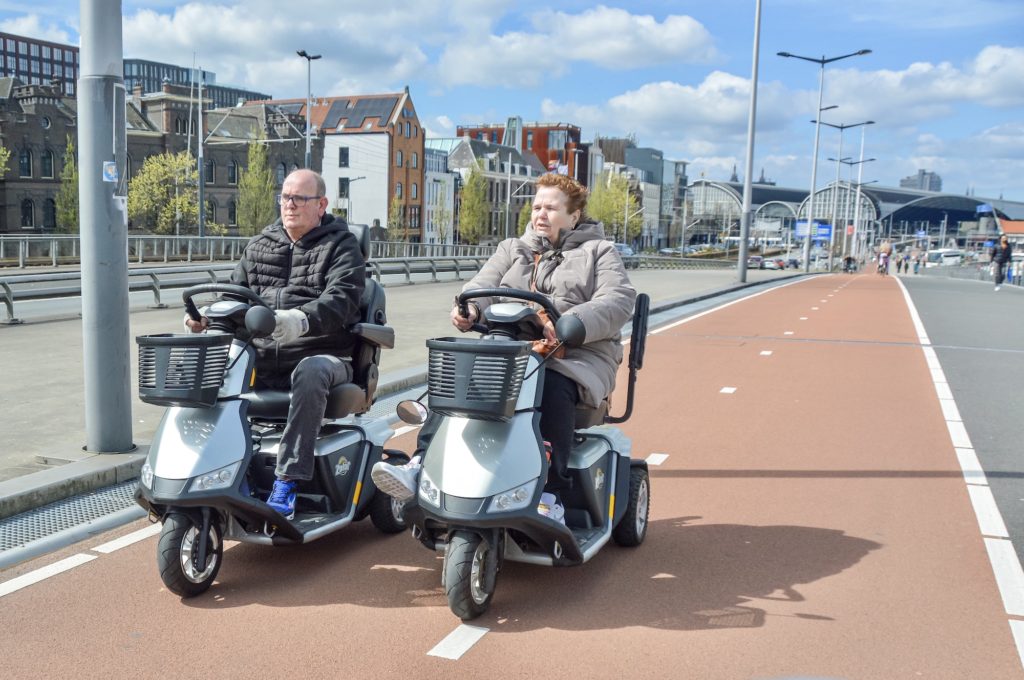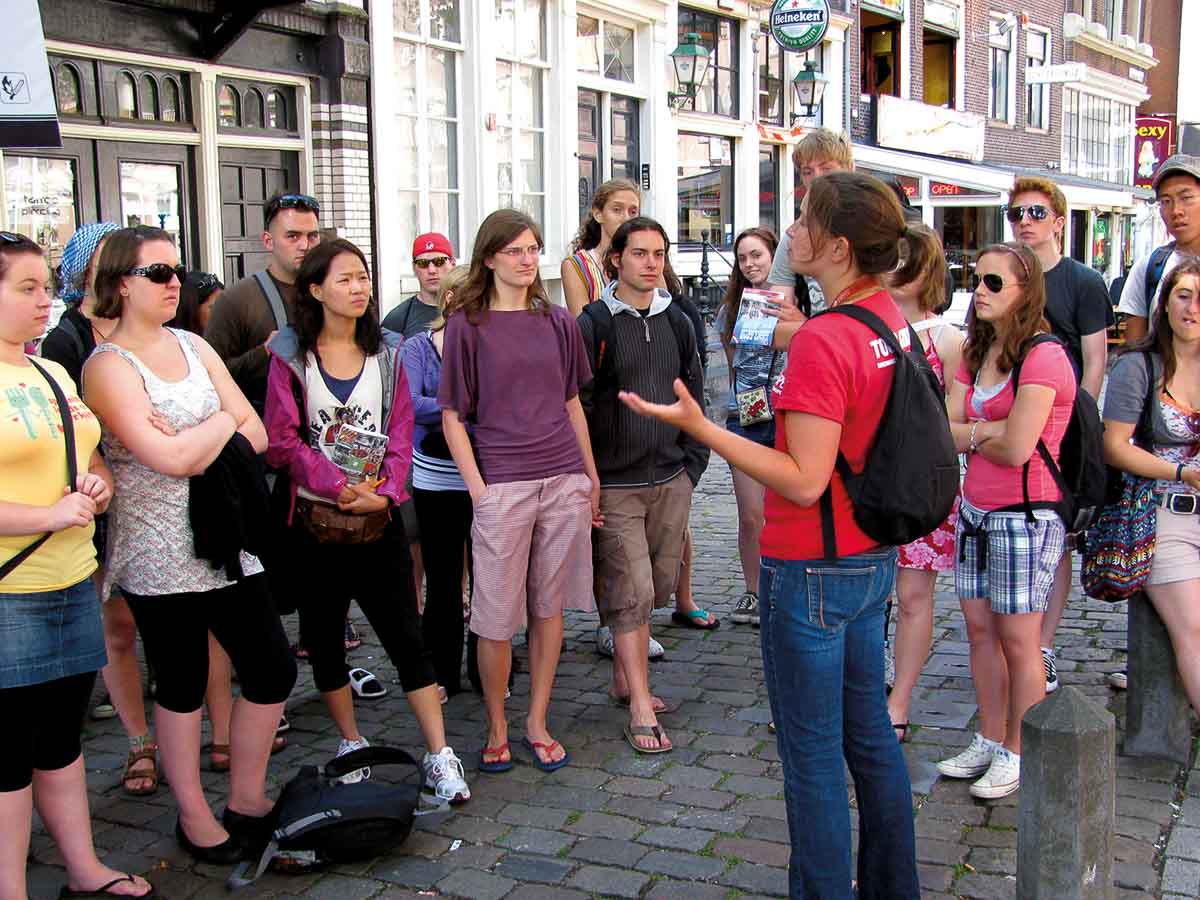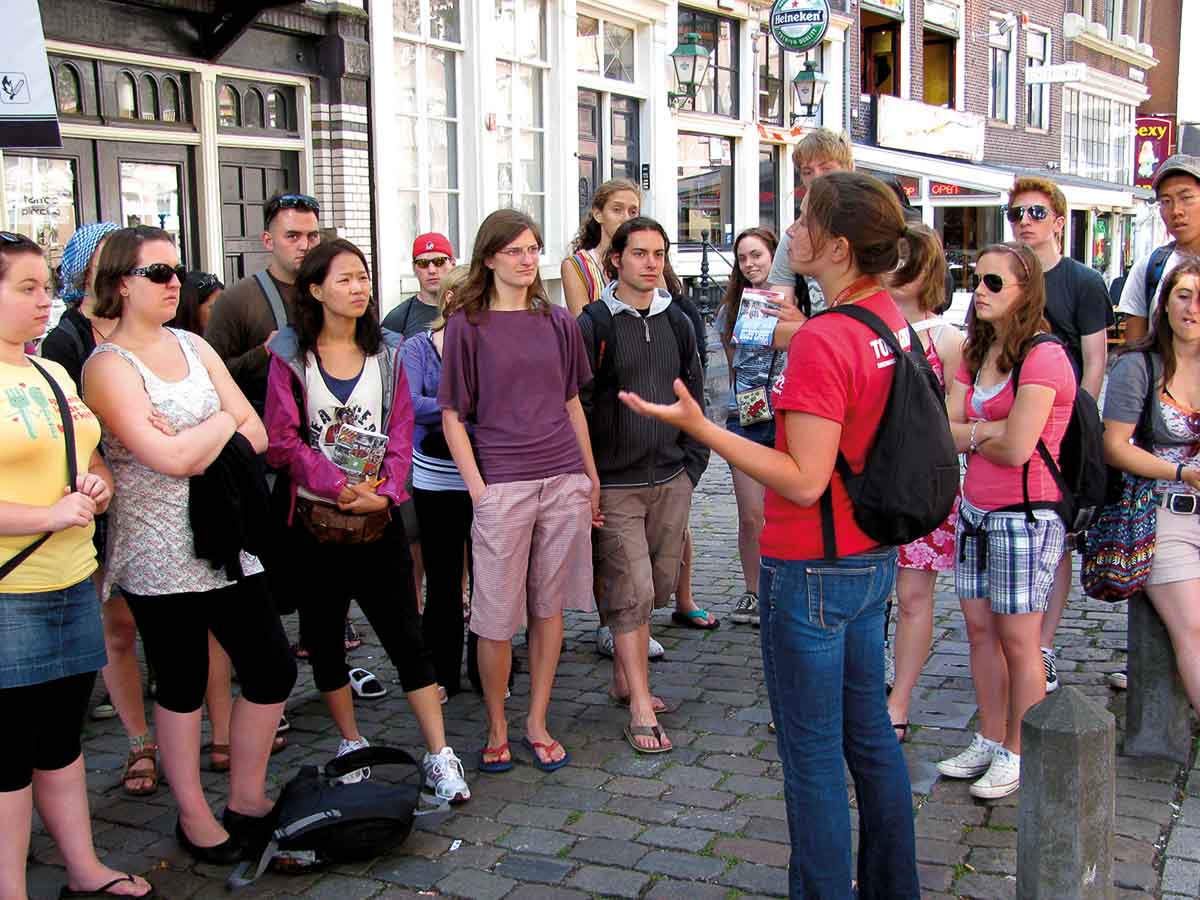Best European walking tours for seniors with limited mobility offer a unique opportunity to explore the continent’s rich history and culture at a comfortable pace. These tours cater specifically to the needs of older travelers with mobility challenges, ensuring a safe and enjoyable experience. Careful planning and selection of the right tour operator are crucial for a successful trip, prioritizing accessible routes, comfortable transportation, and knowledgeable support staff.
This guide explores key considerations for choosing accessible walking tours, including researching reputable tour operators, identifying cities with excellent accessibility infrastructure, and selecting tour types that best suit individual needs and preferences. We’ll delve into essential pre-trip preparations, including accommodation choices, travel insurance, and packing strategies, as well as offering practical tips for a smooth and enjoyable journey. Ultimately, this guide aims to empower seniors with limited mobility to confidently embark on an unforgettable European adventure.
Planning a European adventure as a senior with limited mobility shouldn’t be daunting. This guide focuses on making your dream trip a reality, highlighting options for enjoyable and accessible walking tours.
1. Introduction
Defining “Limited Mobility” and Setting Expectations
By “limited mobility,” we encompass a range of physical limitations, including difficulty walking long distances, using stairs, or managing uneven terrain. This might involve using a walking stick, wheelchair, or experiencing fatigue more easily. Our aim is to help you find tours that cater to your specific needs.
Walking tours offer significant benefits for seniors: gentle exercise improves cardiovascular health and mobility; sightseeing provides mental stimulation and enriching experiences; and the social interaction inherent in group tours combats loneliness and promotes well-being. However, we’ll prioritize adjusting pace, distances, and routes to ensure comfort and safety.
2. Choosing the Right Tour Operator
Selecting the right tour operator is crucial. Thoroughly research operators specializing in accessible travel or senior-focused tours. Look for detailed itineraries clearly stating walking distances, terrain types (paved, cobblestone, inclines), and rest stop locations. Read reviews from other seniors with mobility concerns – their experiences are invaluable. Confirm the availability of accessible transportation (buses, trams, etc.) within the tour.

Inquire about support staff or guides who can provide assistance if needed.

3. Top European Cities for Accessible Walking Tours: Best European Walking Tours For Seniors With Limited Mobility
Several European cities boast excellent accessibility infrastructure, making them ideal for seniors with limited mobility. These cities often feature smooth pavements, ramps, elevators in historical buildings, and well-maintained public transport.
- Amsterdam: Flat terrain, extensive canal networks (accessible boat tours!), and efficient public transport make Amsterdam a fantastic choice.
- Ljubljana: The compact city center and pedestrian-friendly streets are easy to navigate.
- Seville: Many flat areas, and many historical sites offer accessible entrances.
- Prague: Many attractions are accessible by tram or require minimal walking.
- Bath: Relatively flat terrain, and the Roman Baths have accessible entrances.
For detailed accessibility information on specific cities, consider using resources like [Insert link to a relevant accessibility website here] and [Insert link to another relevant website here].
4. Tour Types to Consider
Different tour types cater to varying mobility levels:

- Small group tours: Offer personalized attention and greater flexibility to adjust the pace.
- Guided tours: Provide historical context, ensure you don’t get lost, and often incorporate accessibility considerations.
- Self-guided walking tours with audio guides: Allow for complete control over pace and route selection.
- E-bike tours: A less strenuous alternative for those with some mobility, combining sightseeing with assisted cycling.
- Combination tours: Integrate walking with other accessible transportation like boat tours or train journeys for a varied experience.
5. Essential Considerations Before Booking
Before booking, ensure accessible accommodation is available near the tour starting point. Check cancellation policies and consider travel insurance covering medical emergencies and trip interruptions. Pack comfortable shoes, walking aids (if needed), and any necessary medication. Communicate your specific mobility needs to the tour operator well in advance to allow them to make appropriate arrangements.
6. Tips for a Smooth and Enjoyable Trip
To maximize enjoyment:
- Pace yourself and take frequent breaks.
- Use walking aids if necessary.
- Stay hydrated and eat regularly.
- Wear comfortable and supportive footwear.
- Plan for potential delays or disruptions.
- Communicate any mobility issues or needs to tour guides or support staff.
7. Conclusion
Embracing Accessible Travel
Exploring Europe with limited mobility is entirely achievable with careful planning. Research thoroughly, choose wisely, and communicate your needs effectively. Your European adventure awaits!
For further resources and accessible travel organizations, refer to [Insert link to a relevant organization here] and [Insert link to another relevant organization here].
Exploring Europe’s captivating cities doesn’t have to be confined to those with perfect mobility. With careful planning and the right resources, seniors with limited mobility can experience the wonder and beauty of European travel. By selecting tours tailored to their needs, and by prioritizing comfort and safety, individuals can create cherished memories while enjoying the rich cultural tapestry of the continent.

Remember to research thoroughly, communicate your needs clearly, and embrace the journey—the rewards are well worth the effort.

